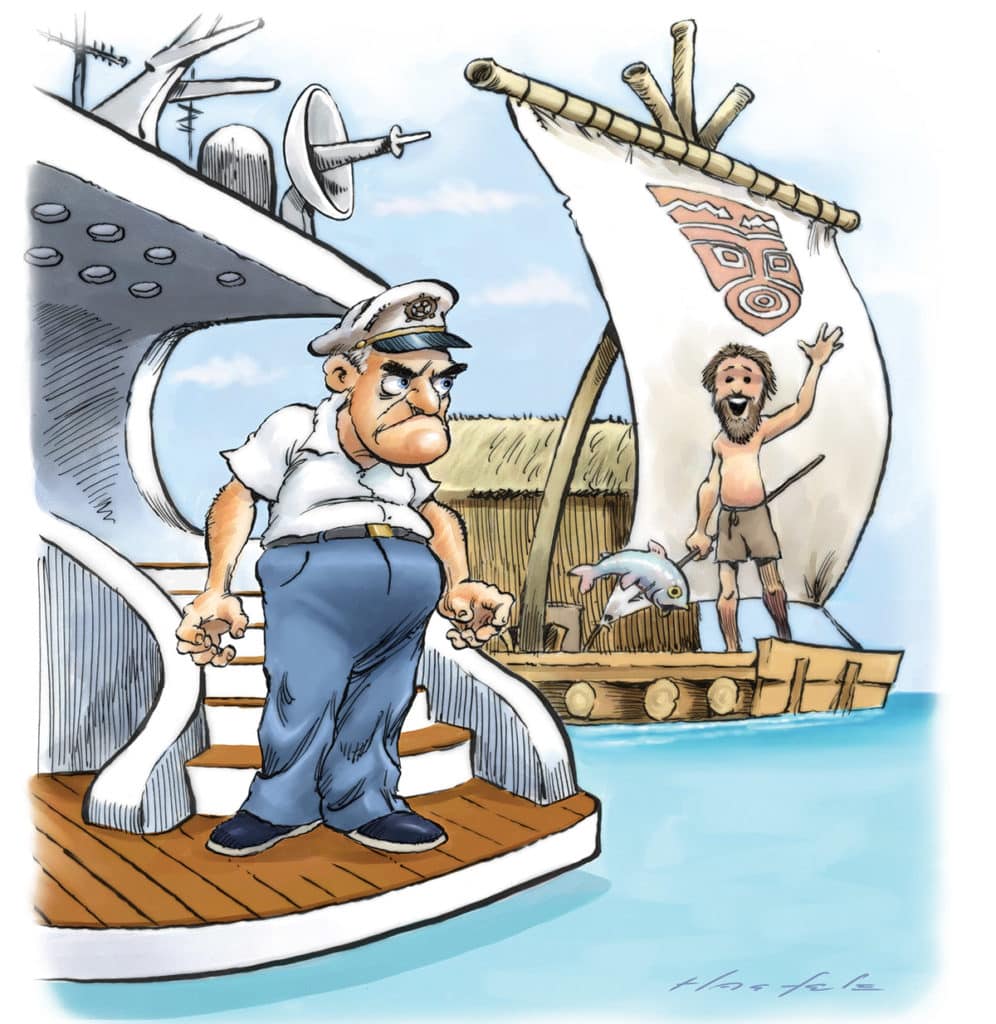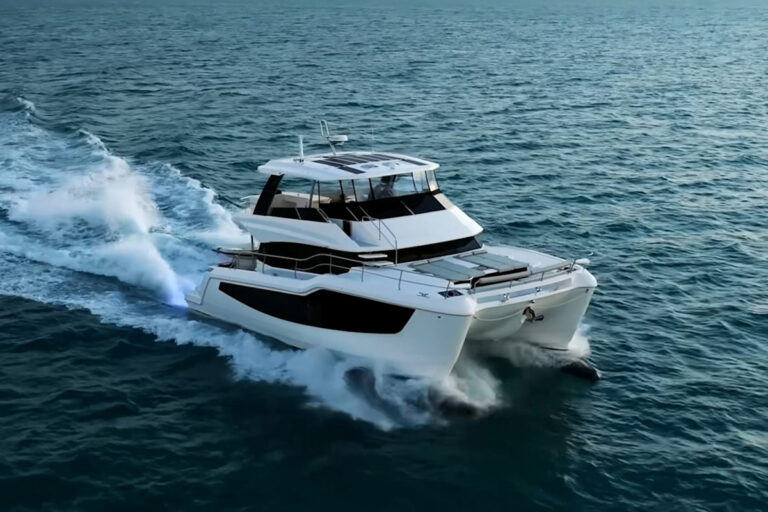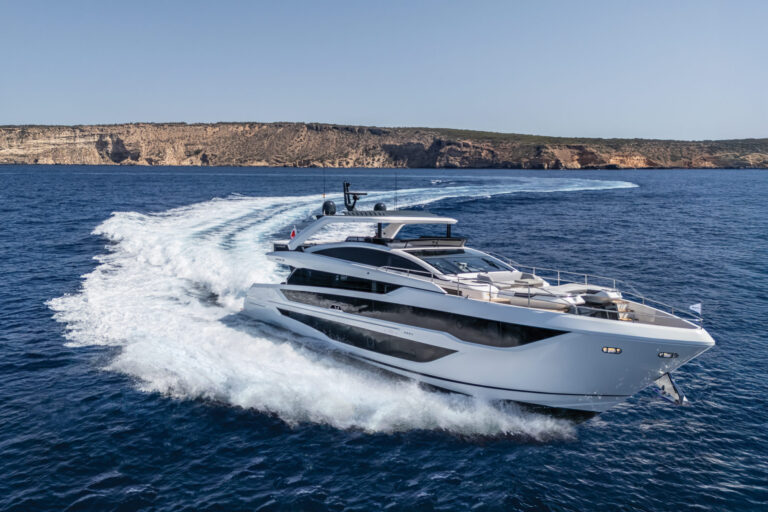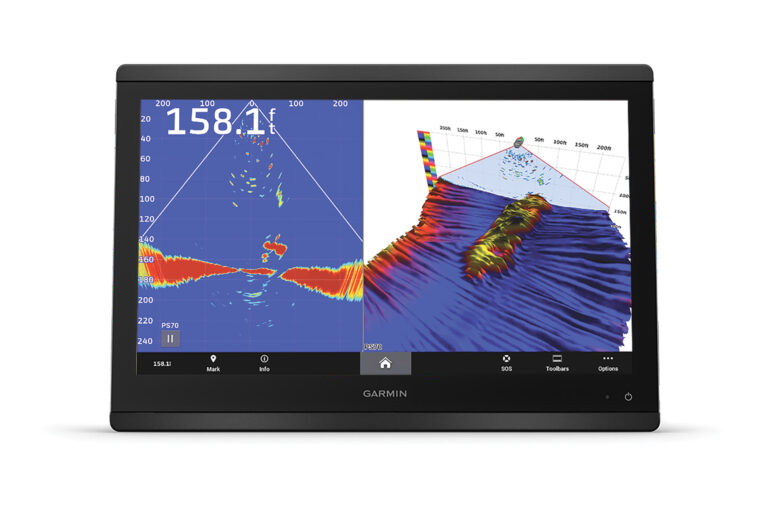
I was jawboning with my pal Capt. Mike about his boss’s new ride. The fellow’s not shy about investing in the pastime and usually buys the latest and greatest, but this time around he was eyeballing an older analog sled. I suspected Mike had influenced the decision.
“New boats go too fast and have too many damn computers,” Mike groused.
Mike is still suffering post-traumatic stress from a fateful voyage more than a year ago. His charge had decided to stop working in 12,000 feet of water.
“Not a tool aboard could change her mind, and as she drifted with the current, I had time to think,” Mike said. “I’d have been better off aboard the Kon-Tiki for God’s sake!”
Mike is an old-school captain and, like most, believes in KISS (keep it simple, stupid). When something goes south on a boat, he reaches for a tool bag, not a cellphone. For Mike, that decision isn’t a decision at all. It’s a matter of survival, since more often than not, he’s beyond the reach of marine service. (His boss usually skips that ride and arrives by private jet along with spare parts.)
Mike grew up in boating when hands-on meant exactly that. In the 1960s, production wooden cruisers topped out at just over 60 feet, and anything larger was custom. The custom rides were state-of-the-art, but there was no hands-free, no voice command, no joystick and no fly-by-wire back then. Systems were kinetic, and most could be mended with simple tools.
Wheel and throttles transmitted the skipper’s intentions via chain, sprockets and cable. Pumping the manual head’s handle was good exercise, and its product was not blended into a slurry and stowed in the bilge. Domestic water-pressure systems and water heaters were simple and reliable. As yachts followed the seasons, “climate control” constituted hand-crank salon windows and portholes that actually opened.
While those who commissioned custom yachts in the 1960s were often early adopters of modern electronics, most captains considered the stuff an amusement for the owner. Early flasher sounders, radio direction finders, AM radiotelephones and radar were complicated and unreliable. The compass and chart table were still standard equipment.
“Things started becoming complicated when I was a kid. … I was a part of it,” Mike said. After school, he assembled electric head motors and, later, marine air-conditioning systems. Such modern wonders required upgraded electrical systems, generators and more horsepower to move the added weight around.
Mike has been crewing and skippering boats for 45 years now, and last year’s incident was the first time an onboard failure left him at the mercy of the wind and current.
He tells me that his post-traumatic stress has improved and that he’s developing a new strategy for dealing with today’s high-tech yachts: Mike’s almost finished sewing a canvas sail and carving a steering oar.








